Have you ever heard of Kanazawa? A small Japanese town on the shore of the Sea of Japan, with a population of about 500.000? I haven't, until I started planning our trip to Japan, and it turned out to be one of the sweetest surprises and highlights of our trip! It caught my attention when I read that one of Japan's three most beautiful landscape gardens was actually in Kanazawa, 3 hours train drive west of Tokyo. Since we had a JR train pass for the week, a night in Kanazawa ended up on our itinerary, as the first stop on our 5-day train journey from Tokyo.
Traveling with Hokuriku shinkasen line that was only recently extended from Nagano to Kanazawa was another highlight of our trip: the train arrived at main Tokyo station about 12 minutes before its supposed departure. Used to Croatian trains, little did we know that the entire train was going to be cleaned and ready for departure on the dot. After the passengers disembarked, a cleaning crew (all dressed in red uniforms) stormed in- they had about five minutes to pick up the trash, rotate the seats, clean the floors and the tray tables. We stood on the platform wondering at this performance that seemed to be possible only in Japan. The train left Tokyo station at the exact minute it was supposed to (if you are impressed by this as half as I am, here is an interesting article on Shinkansen cleaning crew and punctuality).
I felt especially smug when it occurred to me to buy two bento lunch boxes for the road, but as soon as the train departed for Kanazawa, everyone started to open their bento's (it turns out that's a Japanese tradition I didn't know of). Two wooden boxes contained a colorful treasure of crunchy fried tonkatsu pork, rice, sauteed mushrooms, fresh cabbage, omelette and pickled veggies. I've never traveled more comfortably than in this clean, punctual, spacious train, observing the passing landscapes and towns and munching on a bento. We arrived in Kanazawa more relaxed than when we left Tokyo. As we were leaving the train, we saw a boy, about 6 years old, heading to the conductor and bowing to thank him for the ride. It was the cutest thing ever and another expression of Japanese culture of politeness.
Kanazawa station is a modern glass and iron structure, with a monumental wooden entrance in the form of traditional torii gate, one of the symbols of the city. Inside the station, there is a shopping mall with some seriously good shops, restaurants and an entire hall dedicated to selling bento boxes (!). Our hotel was conveniently located just a couple of minutes walk from the station, and I wholeheartedly recommend it (because of the spacious room, crisp linen and towels, quality bathing products and a very well organized luggage room for roaming the town freely after check-out), if you catch a sweet deal for the room (like we did).
Since Kenroku-en garden was the prime reason us visiting Kanazawa, we headed there on the same afternoon. There is a loop tourist bus circling around all the major sites, that got us to the garden. The climate was noticeably colder in Kanazawa than in Tokyo, so the cherry blossoms that have already started blooming in the parks of Tokyo, weren't in bloom yet in Kanazawa. Instead, there was something equally beautiful going on in the park- blooming of intensely pink plum blossoms, or ume in Japanese. I read only now that the plum tree is the symbol of the city, which is funny because every time I think of Kanazawa I think of those blossoms.
Kenroku-en used to be the outer garden of Kanazawa castle belonging to ruling Maeda clan and was opened to the public in 1871. There is a variety of flowering trees that change the look of the garden according to the season. I love the idea of constant change, and the possibility to experience the garden in a different way each time you visit, without the feeling that you missed its beauty if you don't visit in say, spring (it would be beautiful to visit in late autumn when the maple and cherry trees reveal the autumn colors of its leaves). The garden is meticulously planned and maintained, and everywhere you look it seems like you stepped into a Japanese woodcut print: the pines stretching their branches above the green waters of the pond, a plum blossom grove (that reminded me so of Van Gogh's Almond blossoms, largely influenced by Japanese woodcuts), bridges, teahouses and stone-paved paths, green-yellowish moss covering the grounds, irises rising up the water canals...
I already mentioned that the climate in Kanazawa was colder than in Tokyo, and by the end of our visit to the garden I was properly cold (despite a couple of layers improvisedly put on under the thin jacket I brought to Japan). The loop bus got us back to Kanazawa station, and we decided to have sushi for dinner (first and only sushi we had in three weeks in Japan). Queueing for dinner in Japanese restaurants is a pretty usual phenomenon, and we queued for an hour for a conveyor belt sushi place called Mori Mori Sushi, situated in a shopping mall right next to the station. We were seated at the bar, provided with our own display where we could order whatever we fancied, or we could just pick something up from the conveyor belt in front of us. We're not such huge fans of raw fish, so we ended up ordering mostly sushi with cooked fish and veggies, but I did dare to try a raw sea urchin- it was a bit slimy and tasted like the sea (I have to admit, I didn't dislike it). Each dish came on a plate of a certain color- we didn't put much attention to it, but at the end of our dinner, we realized that each color marks the price of the dish! The waiter came, scanned our pile of plates and gave us the bill (Luka was blown away by this system!).
The next morning we headed to Omicho market, Kanazawa's central fresh food market, known for its abundance of fresh fish and crabs caught in the Sea of Japan. The food on offer seemed very exotic to us- the lotus roots, little baskets with algae, long-legged orange crabs, a kind of root resembling a giant claw, fish eyes the size of a clementine, a sort of winkle that looked just like those little ones we have in the Adriatic, only 10 times bigger... Then there were numerous food stalls selling fish and calamari skewers, fresh oysters, grilled clams- I do regret not trying any of it, but it was breakfast time for us, and we had some pastries before, European style (I did, however decide to try fish for breakfast next time in Japan, it is the tradition after all).
After the market, we headed to Oyama shrine- probably one of my favorite shrines in Japan, because it felt small and secluded: the pond lined with stone paved path, little yellow flowers covering its edges, stone lanterns covered in moss, simple wooden shrine buildings, intense pink blossoms and a little green bird jumping from branch to branch... it was all so peaceful and at the same time very vivid. I wanted to bring something home from that shrine, so I bought a little charm, typically sold in both Shinto shrines and Buddhist temples. They're called omamori in Japanese and come in different shapes (from little colorful pockets that hold the prayer inside, to animal and plant pendants) and they are believed to guide, protect, and bring good luck. I read later that it should be carried outside of your bag, and that is exactly what I did without even knowing it. :)
As we were leaving for Osaka that afternoon, we had just enough time to visit two more neighborhoods of Kanazawa- the Nagamachi Samurai District and the Higashi Chaya District. Nagamachi Samurai District is an area were the samurai with their families used to live, close to the Kanazawa castle. The area retained some of its traditional charm with the narrow streets, water canals, samurai residences (some of them turned into museums) surrounded by earthen walls. There were also some nice shops and teahouses, selling traditional Japanese sweets, tea, ceramic and glass. I bought the cutest miniature turtle and frog- later for my parents that collect miniatures, and turtle for us, just because it was irresistible.
We found a lovely cafe for a short break- behind the counter, there was a young woman whipping cream with a sleeping baby hanging on her back, and it won us over. The interior was cute and quirky, but most importantly they had tea and a nice offer of cakes- we opted for scones (they seem to be a thing in Japan) with whipped cream, and that little break was just what we needed to relax and boost our energy for the Higashi Chaya District and a drive to Osaka.
The Higashi Chaya District was exactly what I dreamed the traditional Japanese neighborhood would be, consisting of pedestrian lanes lined by traditional wooden houses with cafes and beautiful artisanal shops. Once, those houses were teahouses (or chaya in Japanese), where the geishas would entertain the guests with singing and dancing. Now, only two of them are still open to the public, and the other house cafes and shops. Wandering those shops was interesting not only because the artifacts they were selling were beautifully crafted, but also because we got to see what these houses look like from inside, many of them still retaining their traditional inner garden.
There were shops selling adorned wooden chopsticks, artsy ceramics, stationery, candied fruits and veggies (we got to taste candied cherry tomatoes, carrots and corn, and they were really delicious and beautifully packaged- with a delicate drawing of fruit and veg on each box). One of the most famous shops is Hakuza, selling gold leaf adorned products, a specialty of Kanazawa. If you take a peek inside, you'll find a tea ceremony room, completely covered in gold leaf and a shiny golden wall adorning its inner garden. You could buy a cake covered in god leaves there, but I settled with a pair of simple gold leaf earrings- a reminder of Kanazawa, and the most complimented piece of my jewelry.
It was afternoon already when we finished wandering the streets and the shops of the Higashi Chaya district, and no matter how much we enjoyed Kanazawa, our sleep for the night was in Osaka. Before catching a train we browsed a little more around the station because that food hall dedicated to selling bento boxes was quite irresistible. The bentos on display were a little piece of art each- resembling colorful, carefully arranged jewelry boxes wrapped in different kinds of paper. I think there was a bento to satisfy each person's food cravings- from the ones filled with meat, fish or vegetables (or the combination of it all), to sakura (cherry blossom) themed sweets. Naturally, we bought two savory bento boxes and boarded the train to Osaka.
Thank you, as always, for reading, and if you feel like you’d love to buy me coffee as a little thanks for the time I put into writing these posts and to help this blog going, you can do it now through Ko-fi:
Anja






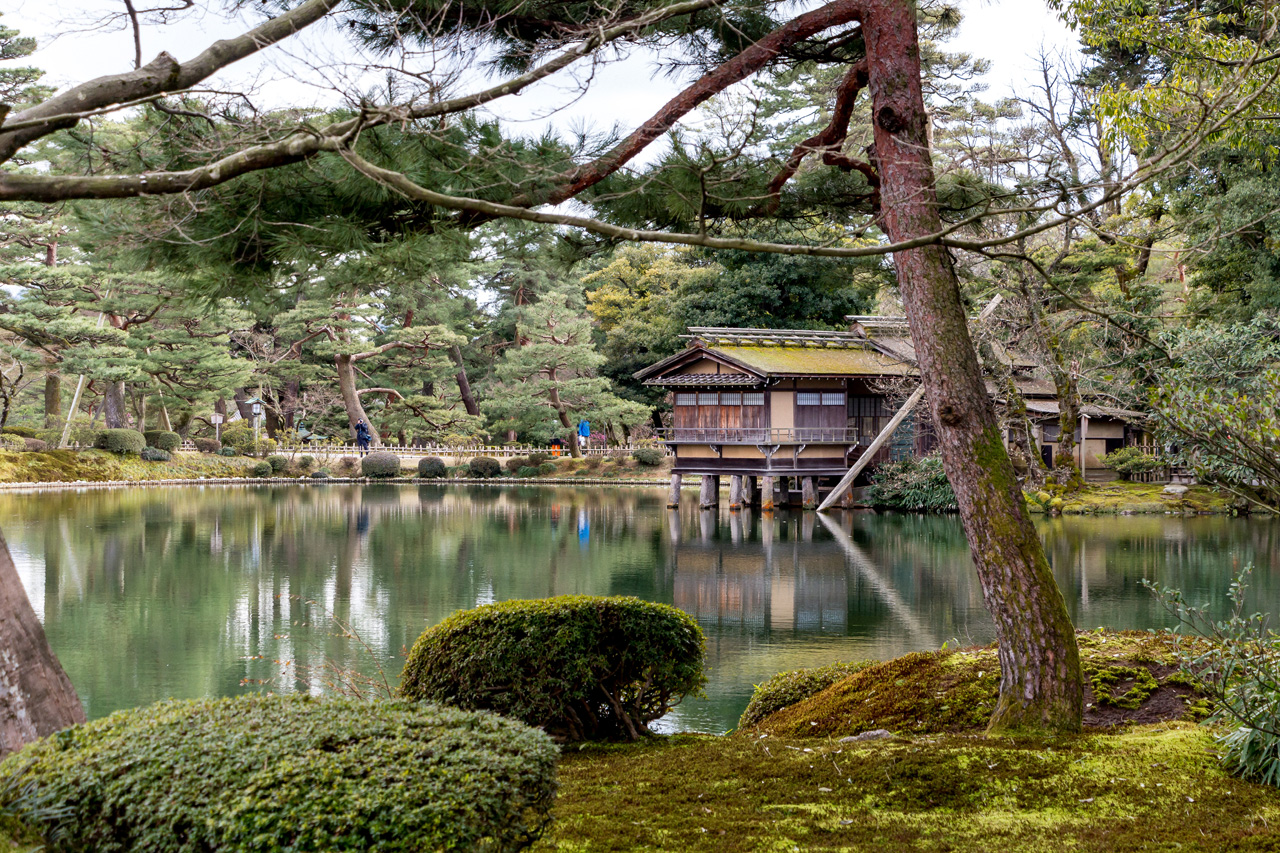


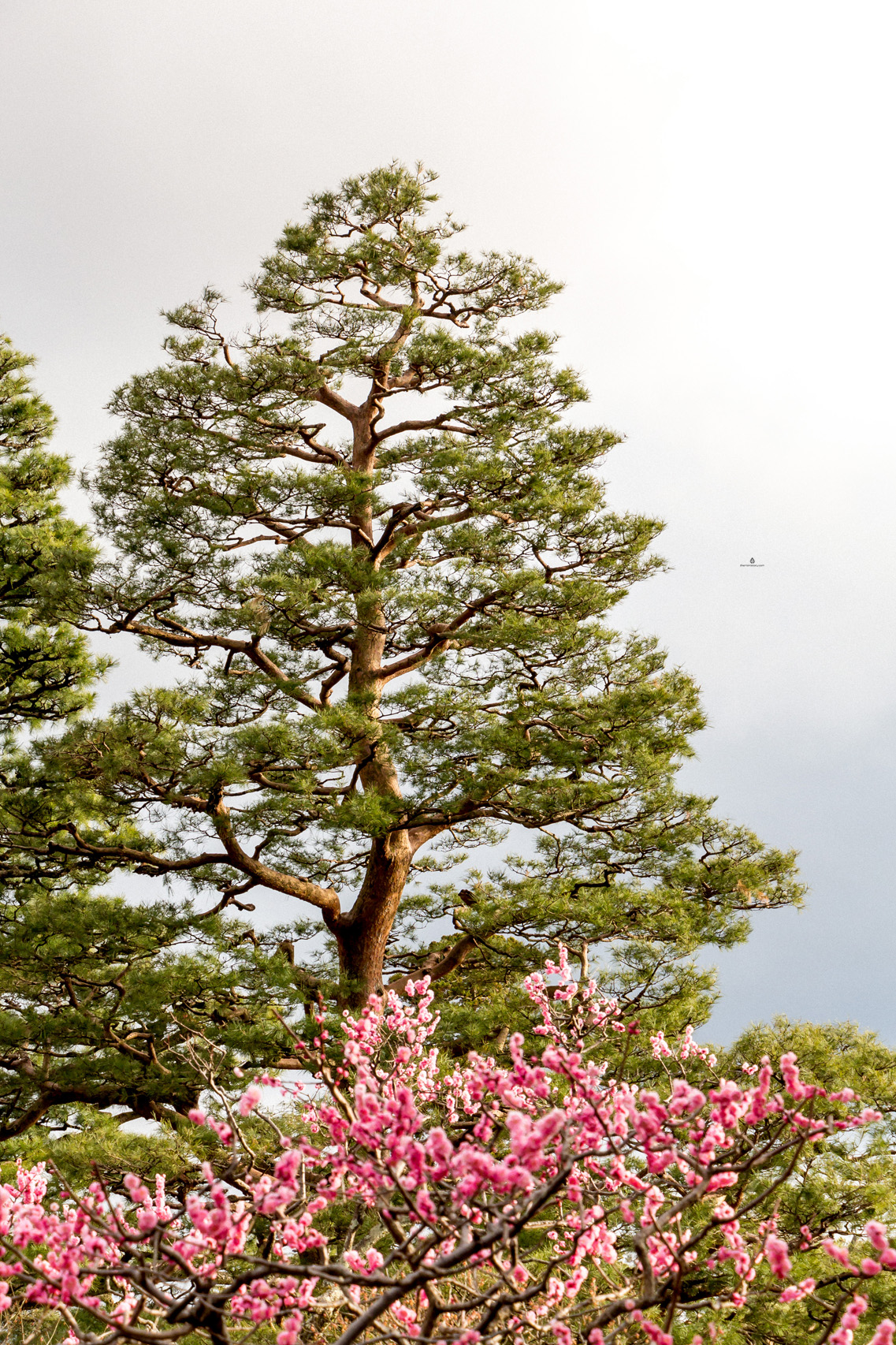
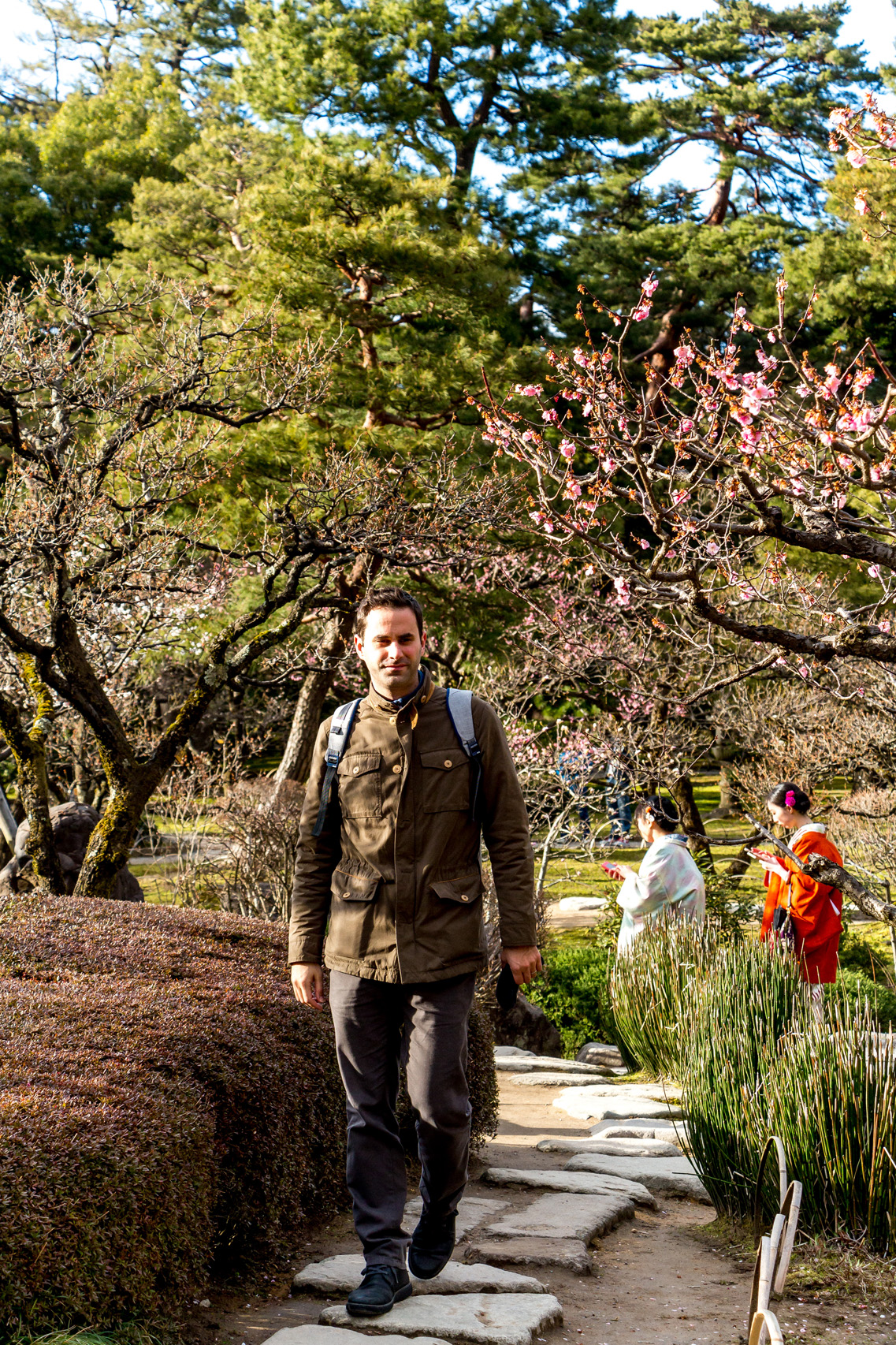


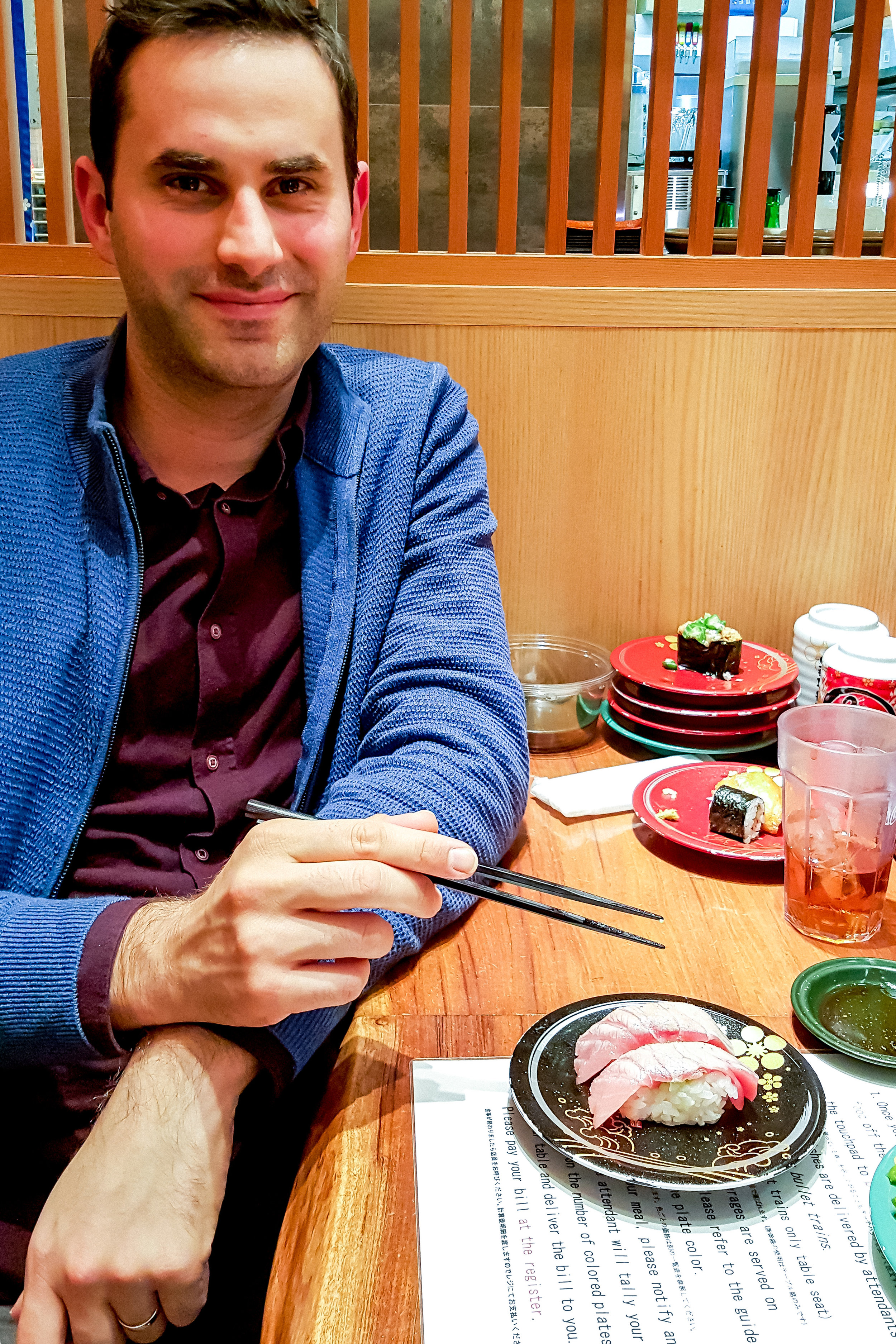
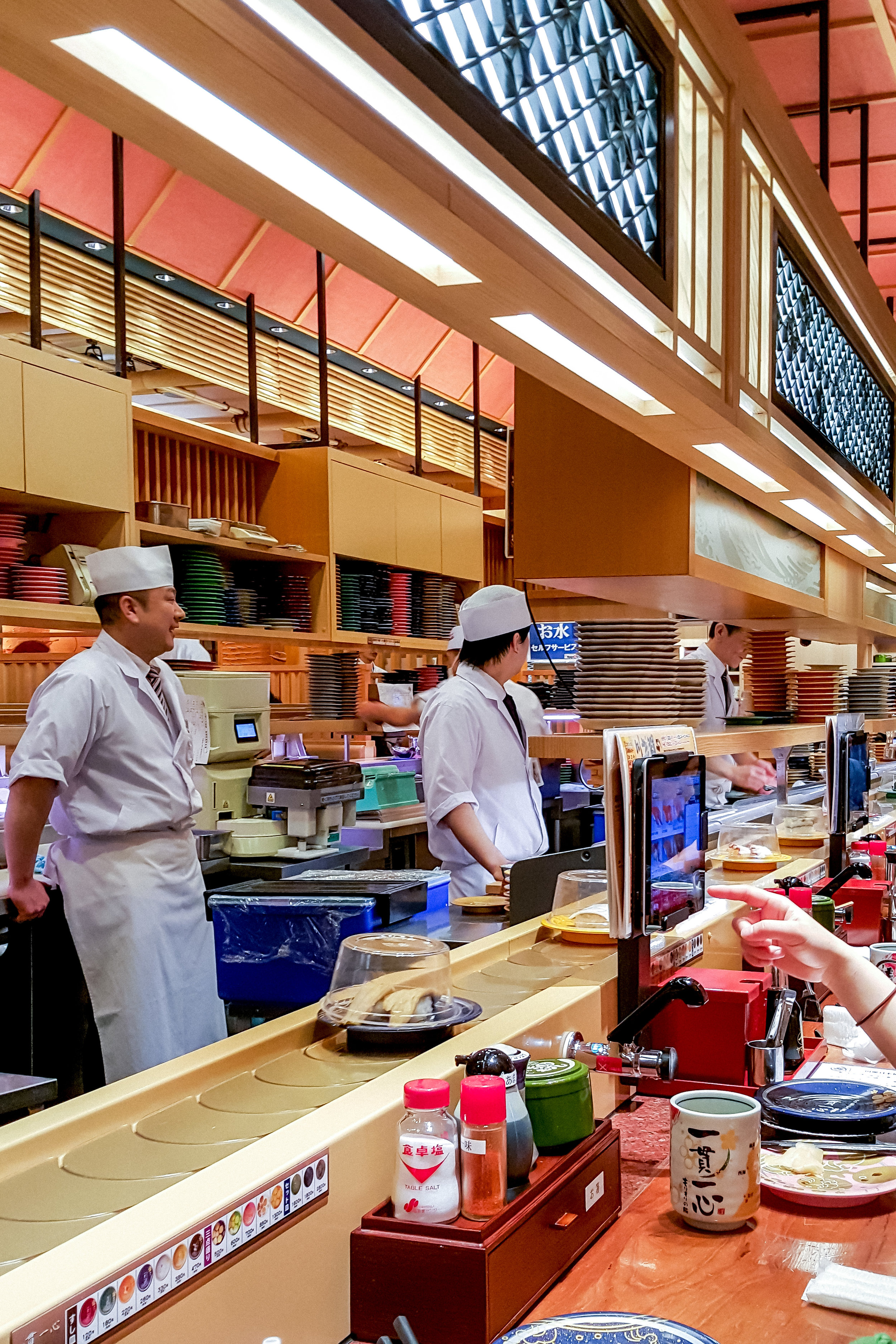







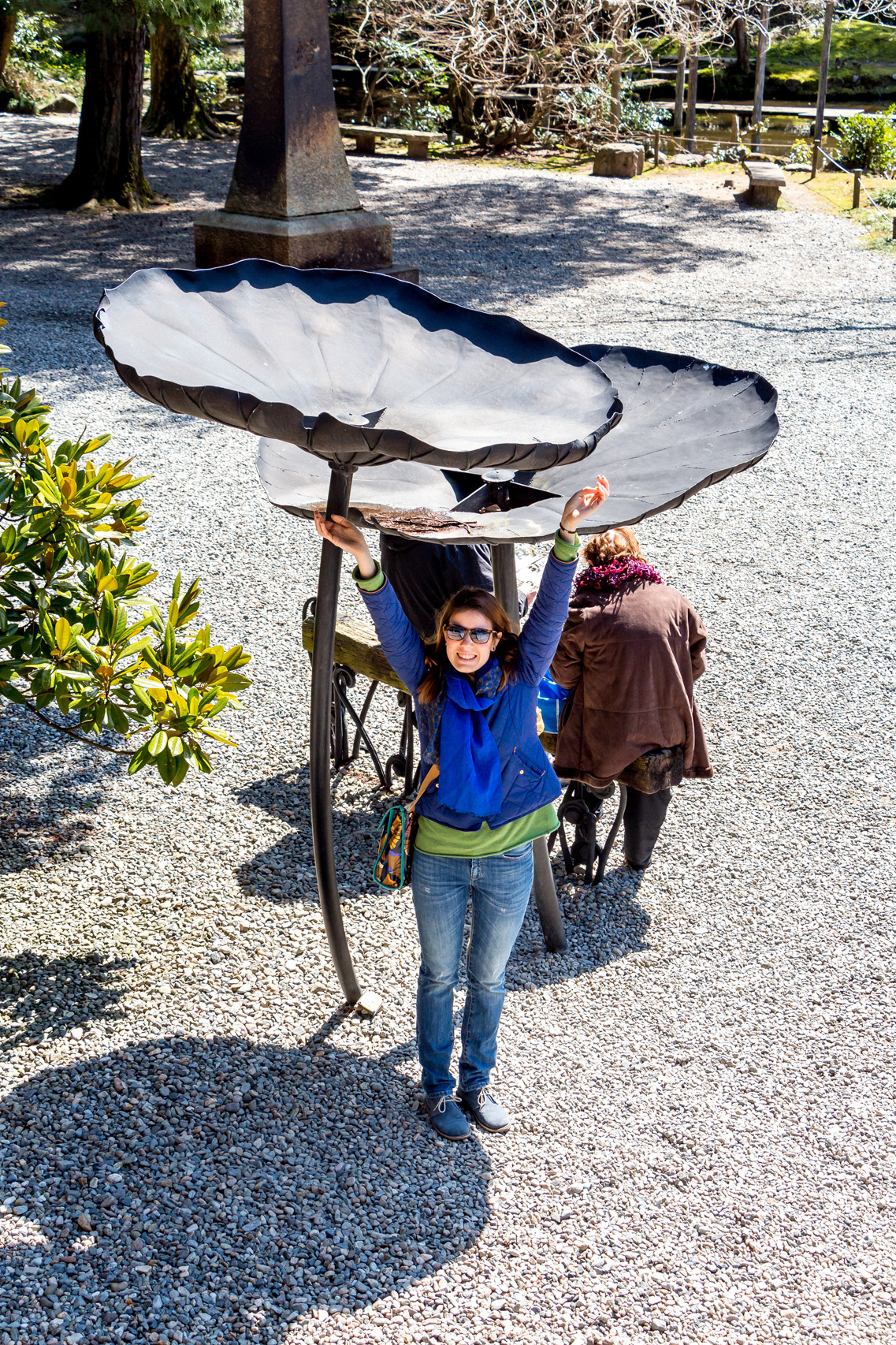













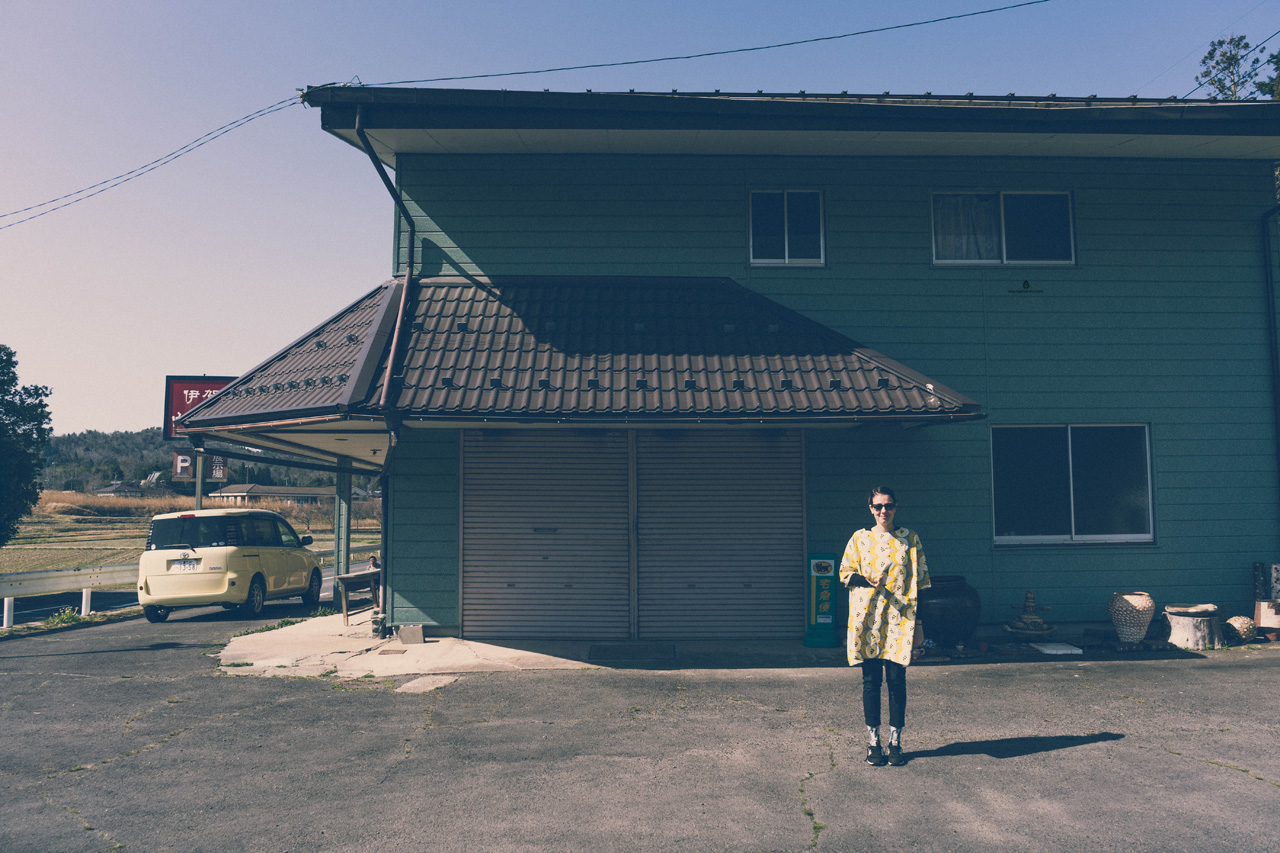
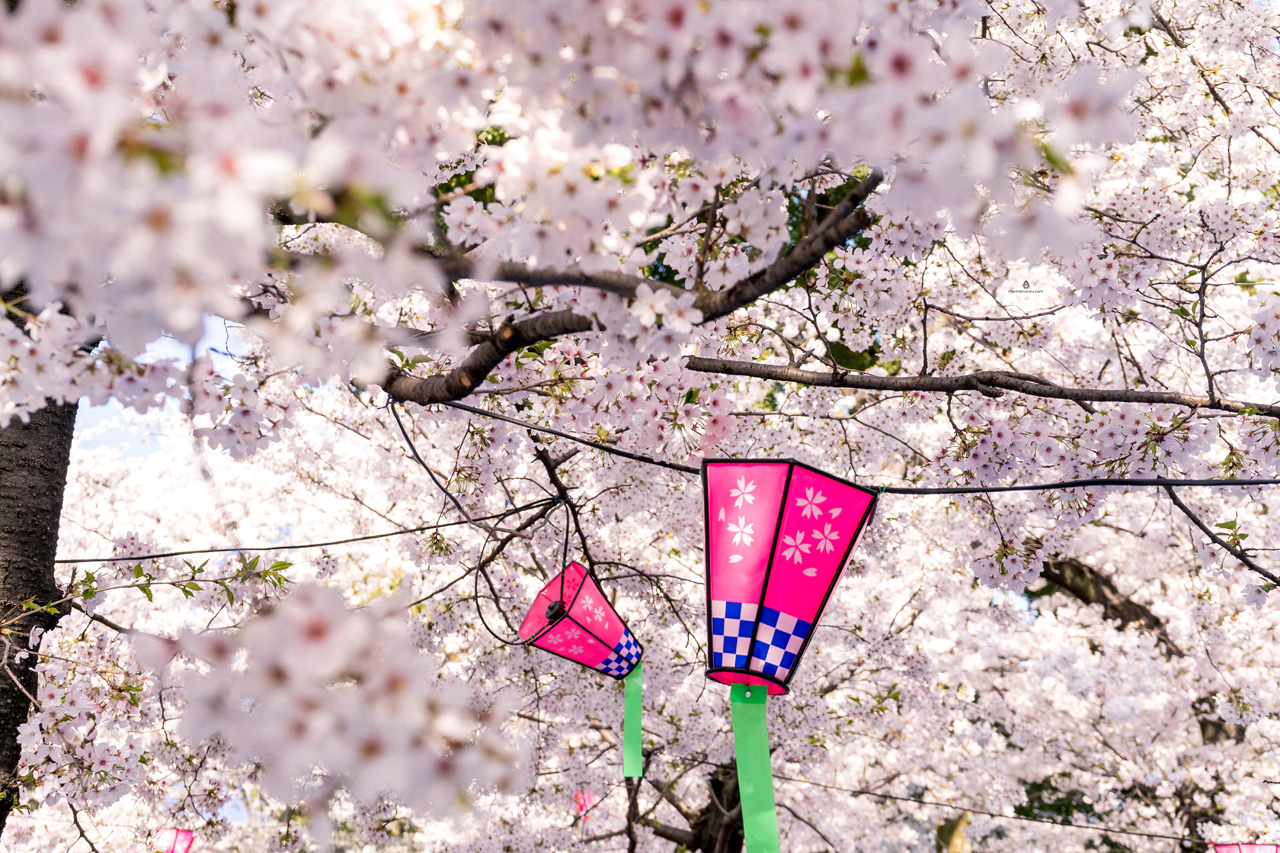



We didn’t fall in love with Hokkaido at first sight, as we did with the rest of Japan. It is the most isolated one of the main Japanese islands, has the weakest traffic connections, isn’t as organized and efficient as the rest of Japan, its trends in tourism are old-fashioned, simply- everything isn’t as you would expect from Japan.